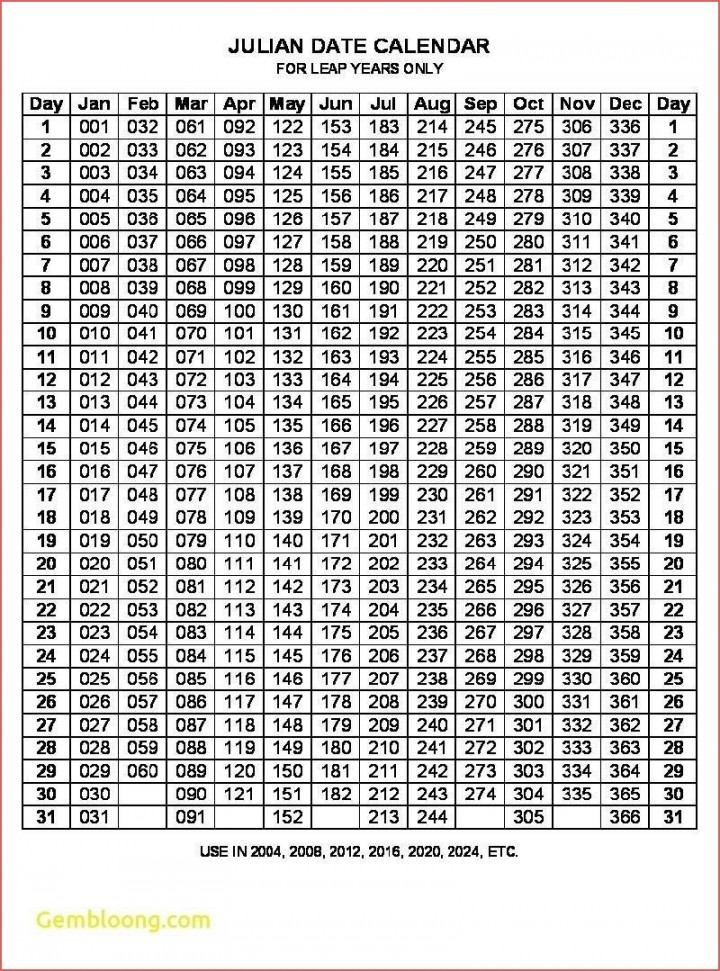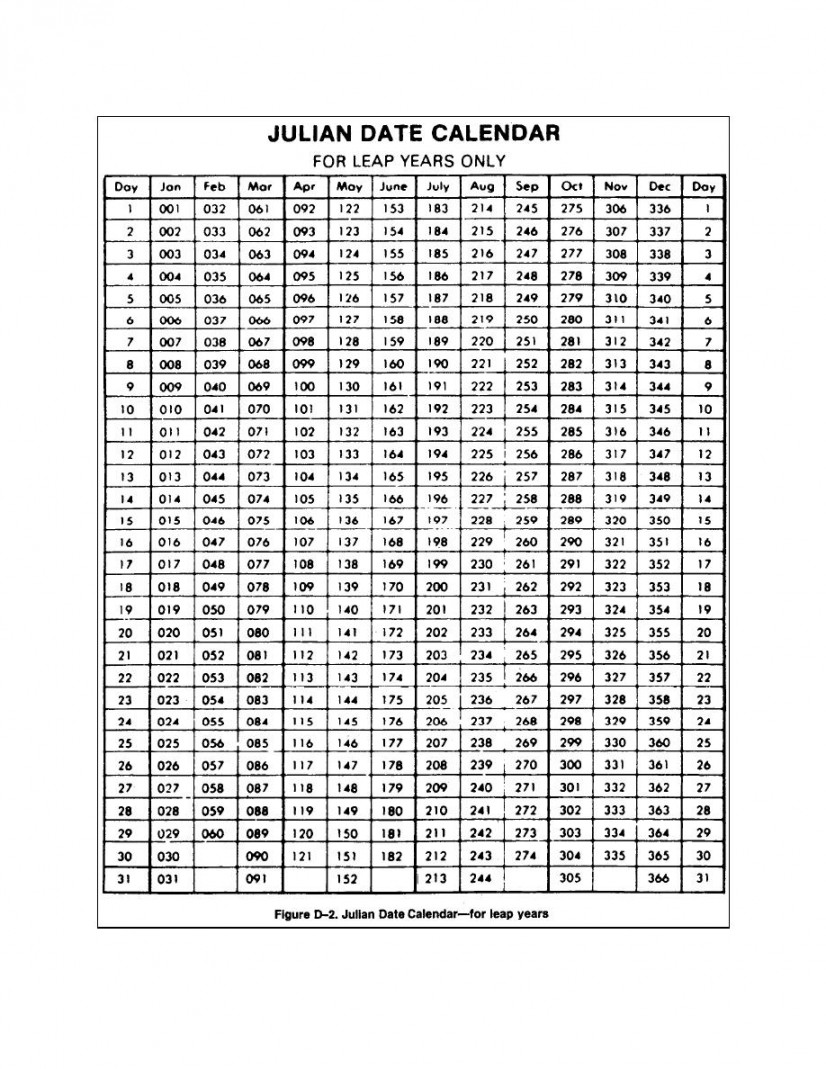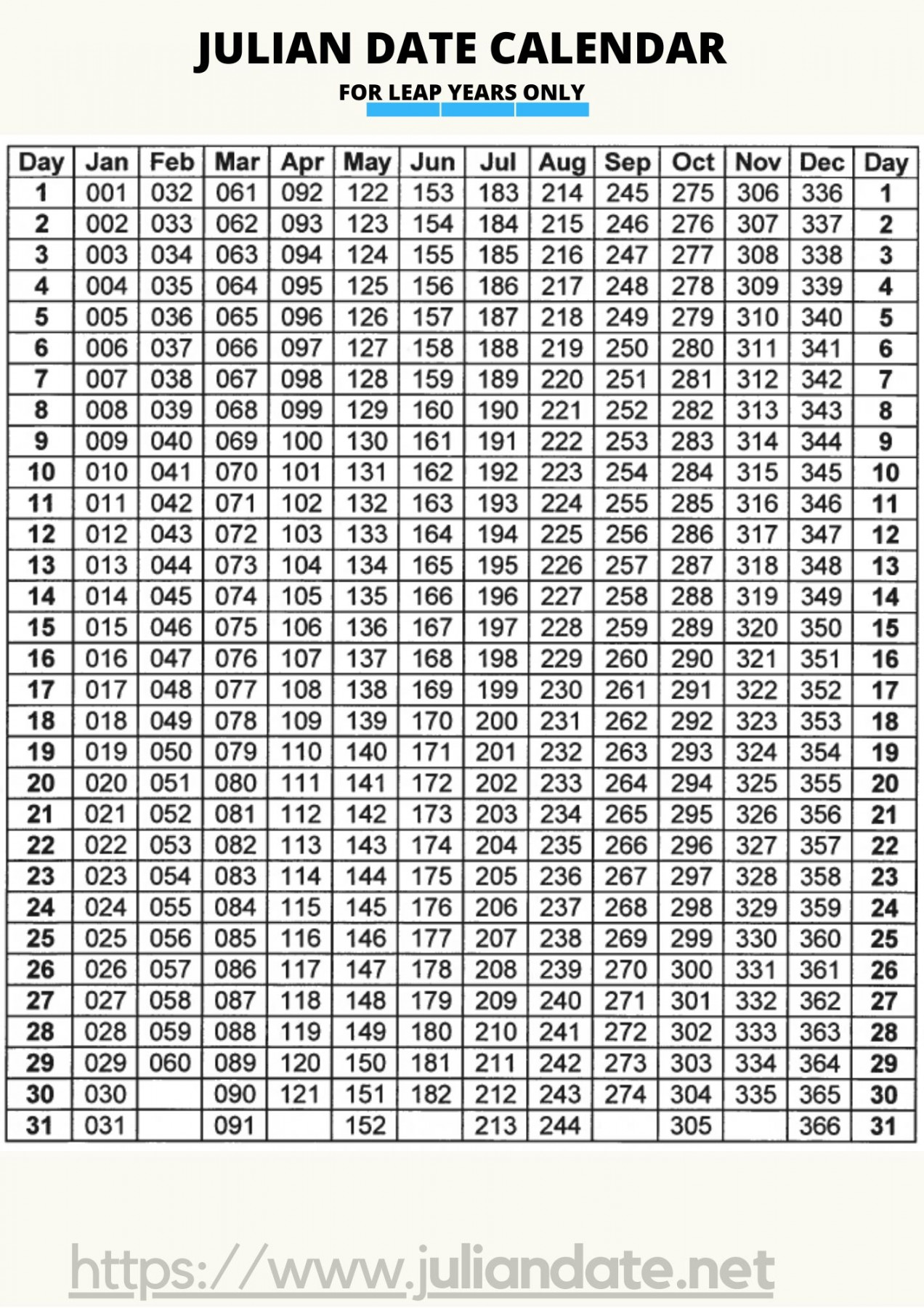The Julian Calendar and Leap Years: Keeping Time with an Extra Day
Keeping track of time is no easy feat. We rely on calendars to structure our days, months, and years, but have you ever wondered how these systems came to be? Today, we delve into the fascinating world of the Julian calendar, exploring its unique way of handling the tricky business of leap years.

Imagine a calendar with twelve months, most having 30 or 31 days, except for February, which usually gets stuck at 28. This was the brainchild of Julius Caesar back in 46 BC, replacing the older, less accurate Roman calendar. But Caesar knew that simply sticking to 365 days wouldn’t quite cut it. Earth’s journey around the sun takes a little longer than that, roughly 365.2422 days to be precise. To account for this extra fraction, Caesar introduced the concept of leap years – years with an extra day tacked onto February, making it 29 days long.

Here’s where things get interesting. The Julian calendar follows a simple rule: every fourth year is a leap year. No exceptions, no fancy calculations. This means 2000, 2004, 2008, and so on, all get an extra day to celebrate (or maybe just catch up on sleep).

While Caesar’s solution was ingenious for its time, it wasn’t perfect. That extra quarter-day every year adds up over centuries. The Julian calendar year is actually about 11 minutes longer than a true solar year. This might seem insignificant, but over hundreds of years, it throws the calendar out of sync with the seasons. By the 16th century, the discrepancy was causing major headaches, with spring equinoxes happening days earlier than their designated calendar date.

Enter Pope Gregory XIII and his Gregorian calendar reform in 1582. This new system tweaked the leap year rule, making some centenary years (multiples of 100) not leap years unless they’re also divisible by 400. This means 1900 wasn’t a leap year, but 2000 was. The Gregorian calendar is much more accurate, staying within a day of the true solar year for over 3,000 years!
Yes! Some Eastern Orthodox churches and communities still adhere to the Julian calendar for religious purposes.
With the Gregorian calendar’s refined leap year rule, we can confidently predict leap years thousands of years into the future!
Over time, the seasons would drift further and further out of sync with the calendar, causing major disruptions to agriculture and cultural traditions.
Some planets with moons that influence their tides, like Neptune, have “leap days” based on their orbital periods, but these wouldn’t necessarily align with our earthly leap years.
The quest for a perfectly accurate calendar is ongoing, but for now, the Gregorian calendar remains the most widely used and precise system we have.
I hope this article shed some light on the fascinating world of the Julian calendar and leap years! Remember, even the seemingly mundane details of our calendars hold stories of scientific discovery and human adaptation. So the next time you mark a date on your calendar, take a moment to appreciate the intricate systems that keep our world in sync with the grand dance of the cosmos.